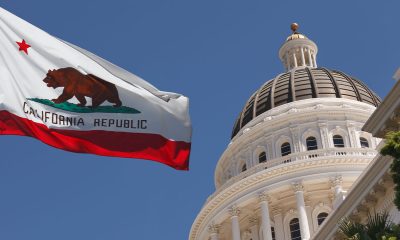Activism
Californians Spurn Sports Gambling Initiatives on Election Day
Prop 27 was the one of the least successful ballot measures in the last 30 years, based on the percentage of yes votes. Nearly 17% or 1,127,983 voters marked “yes.” The proposition was opposed by more than 50 of California’s Native American tribes who said Internet sports wagering would harm gambling business at tribal casinos statewide.

By McKenzie Jackson | California Black Media
On Election Day, Golden State voters emphatically rebuked the sports gambling initiatives on the ballot.
With 67% of the ballots counted at press time, according to the Associated Press (AP), 83.31% or 5,628,855 California voters voted against Proposition 27, which would have legalized online sports gambling. The initiative was backed by gambling-industry titans Bally’s, BetMGM, DraftKings, Fanatics, FanDuel, PENN Entertainment, and WynnBet.
Prop 27 was the one of the least successful ballot measures in the last 30 years, based on the percentage of yes votes. Nearly 17% or 1,127,983 voters marked “yes.”
The proposition was opposed by more than 50 of California’s Native American tribes who said Internet sports wagering would harm gambling business at tribal casinos statewide.
Greg Sarris, chairman of the Federated Indians of the Graton Rancheria Tribe in the Bay Area, a member of the Coalition for Safe Responsible Gambling, No on Prop 27, said the No on 27 campaign is thankful voters stood with state Indian tribes and downed the proposition supported by the gambling companies.
“Today’s vote is a show of support for tribal self-reliance and a total rejection of corporate greed,” Sarris said in an election night statement.
Anthony Roberts, tribal chairman of the Yocha Dehe Wintun Nation in Northern California, said No on 27’s polling before the November 8 election revealed Californians do not support online sports betting.
“Voters have real and significant concerns about turning every cellphone, laptop, and tablet into a gambling device,” Roberts said, “and the resulting addiction, and exposure to children.”
Another sports wagering measure – this one supported by dozens of Indian tribes — was also smacked down.
Proposition 26 would have legalized sports betting at tribal casinos and allowed them to offer craps and roulette. According to the AP though, 69.71% or 4,665,484 voters marked “no” on their ballot to the question of whether they supported the initiative, while 30.39% or 2,036,734 Californians marked “yes.”
Santa Monica voter Clint Thompson, 39, doesn’t gamble but voted in favor of Prop 26 and opposed Prop 27.
“I wanted the tribes to keep money,” Thompson said. “I feel like it’s hard for them to make money. Any possible hustle they can do on tribal lands, they should have it.”
The runup to Election Day saw advertisements for and against both of the propositions overwhelm the airwaves and digital platforms. The campaigns combined waged the most expensive ballot measure contest in U.S. history — spending nearly half a billion dollars.
Both campaigns sought support from various individuals and entities across California. Many civil rights organizations, including the Baptist Ministers Conference of Los Angeles and Southern California, the Black Business Association, California-Hawaii State Conference of the NAACP, and the California African American Chamber of Commerce supported Prop 26.
Voter rejection of the gambling initiatives leaves the largest market in America — California— out of reach to legal sports betting.
Nathan Click, the Prop 27 campaign spokesperson, said the coalition knew passing Prop 27 would be an uphill battle, but they remain committed to it.
“This campaign has underscored our resolve to see California follow more than half the country in legalizing safe and responsible online sports betting,” Click said.
Activism
Oakland Post: Week of November 26 – December 2, 2025
The printed Weekly Edition of the Oakland Post: Week of November 26 – December 2, 2025
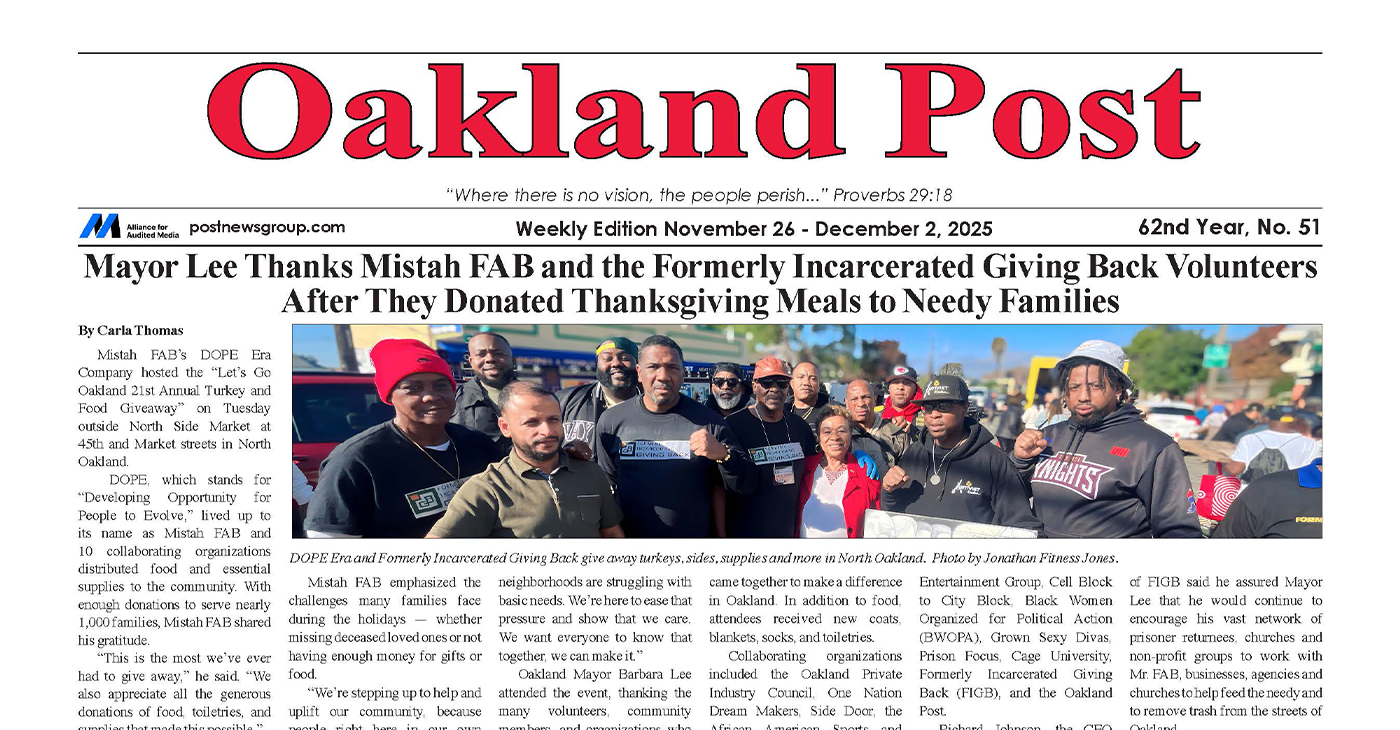
To enlarge your view of this issue, use the slider, magnifying glass icon or full page icon in the lower right corner of the browser window.
Activism
Oakland Post: Week of November 19 – 25, 2025
The printed Weekly Edition of the Oakland Post: Week of November 19 – 25, 2025
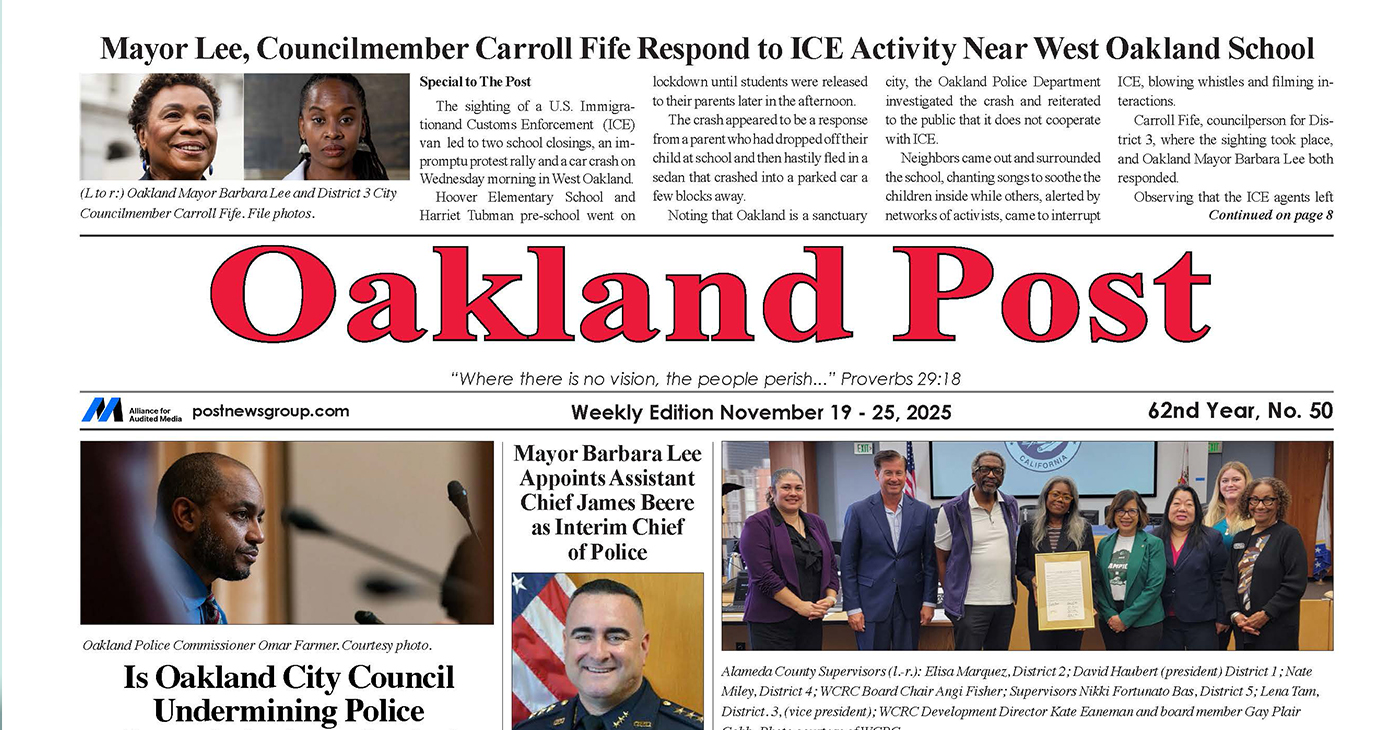
To enlarge your view of this issue, use the slider, magnifying glass icon or full page icon in the lower right corner of the browser window.
Activism
IN MEMORIAM: William ‘Bill’ Patterson, 94
Bill devoted his life to public service and education. In 1971, he became the founding director for the Peralta Community College Foundation, he also became an administrator for Oakland Parks and Recreation overseeing 23 recreation centers, the Oakland Zoo, Children’s Fairyland, Lake Merritt, and the Henry J. Kaiser Convention Center.
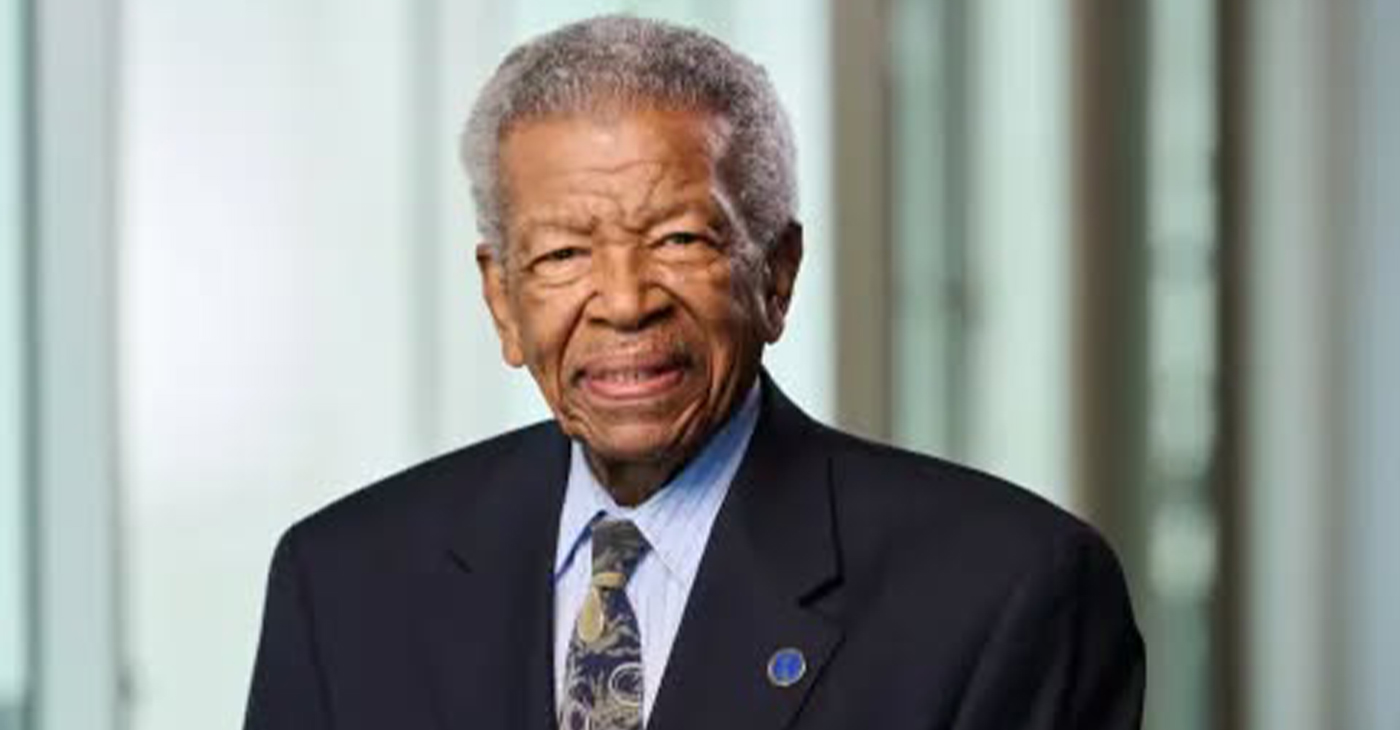
William “Bill” Patterson, 94, of Little Rock, Arkansas, passed away peacefully on October 21, 2025, at his home in Oakland, CA. He was born on May 19, 1931, to Marie Childress Patterson and William Benjamin Patterson in Little Rock, Arkansas. He graduated from Dunbar High School and traveled to Oakland, California, in 1948. William Patterson graduated from San Francisco State University, earning both graduate and undergraduate degrees. He married Euradell “Dell” Patterson in 1961. Bill lovingly took care of his wife, Dell, until she died in 2020.
Bill devoted his life to public service and education. In 1971, he became the founding director for the Peralta Community College Foundation, he also became an administrator for Oakland Parks and Recreation overseeing 23 recreation centers, the Oakland Zoo, Children’s Fairyland, Lake Merritt, and the Henry J. Kaiser Convention Center.
He served on the boards of Oakland’s Urban Strategies Council, the Oakland Public Ethics Commission, and the Oakland Workforce Development Board.
He was a three-term president of the Oakland branch of the NAACP.
Bill was initiated in the Gamma Alpha chapter of Kappa Alpha Psi Fraternity.
In 1997 Bill was appointed to the East Bay Utility District Board of Directors. William Patterson was the first African American Board President and served the board for 27 years.
Bill’s impact reached far beyond his various important and impactful positions.
Bill mentored politicians, athletes and young people. Among those he mentored and advised are legends Joe Morgan, Bill Russell, Frank Robinson, Curt Flood, and Lionel Wilson to name a few.
He is survived by his son, William David Patterson, and one sister, Sarah Ann Strickland, and a host of other family members and friends.
A celebration of life service will take place at Henry J. Kaiser Convention Center (Calvin Simmons Theater) on November 21, 2025, at 10 AM.
His services are being livestreamed at: https://www.facebook.com/events/1250167107131991/
In lieu of flowers, donations can be made to the Euradell and William Patterson scholarship fund TBA.
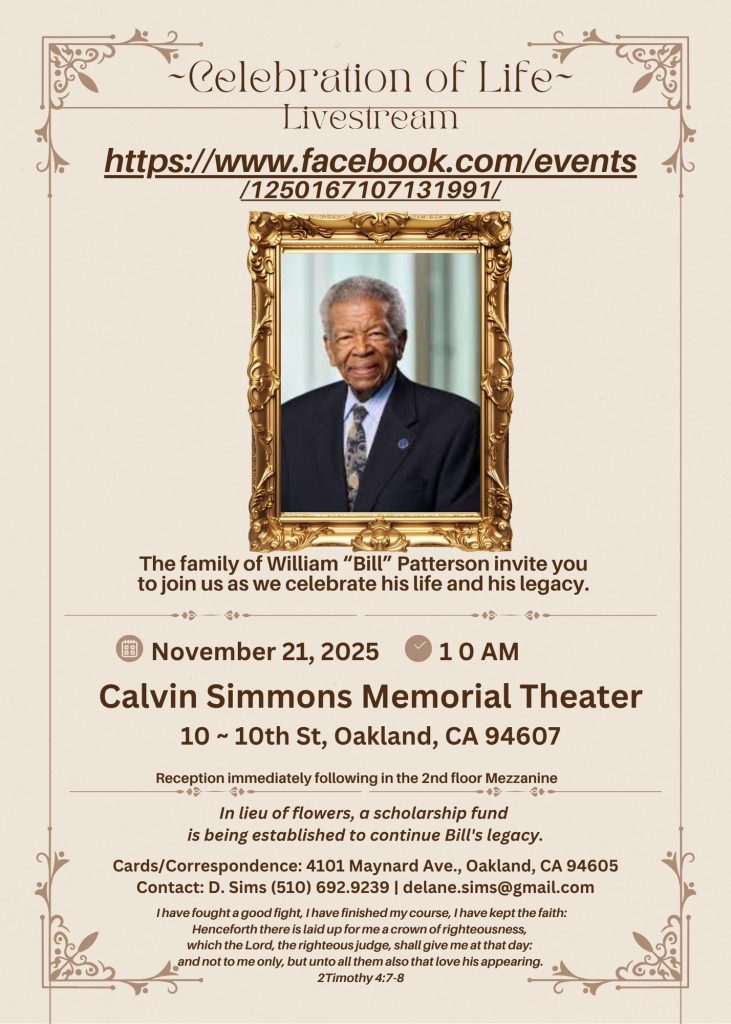
-

 Activism3 weeks ago
Activism3 weeks agoOakland Post: Week of November 12 – 18, 2025
-

 Activism2 weeks ago
Activism2 weeks agoIN MEMORIAM: William ‘Bill’ Patterson, 94
-

 Activism3 weeks ago
Activism3 weeks agoHow Charles R. Drew University Navigated More Than $20 Million in Fed Cuts – Still Prioritizing Students and Community Health
-

 Bay Area3 weeks ago
Bay Area3 weeks agoNo Justice in the Justice System
-

 #NNPA BlackPress3 weeks ago
#NNPA BlackPress3 weeks agoThe Perfumed Hand of Hypocrisy: Trump Hosted Former Terror Suspect While America Condemns a Muslim Mayor
-

 #NNPA BlackPress2 weeks ago
#NNPA BlackPress2 weeks agoTrump’s Death Threat Rhetoric Sends Nation into Crisis
-

 #NNPA BlackPress4 weeks ago
#NNPA BlackPress4 weeks agoProtecting Pedophiles: The GOP’s Warped Crusade Against Its Own Lies
-

 #NNPA BlackPress2 weeks ago
#NNPA BlackPress2 weeks agoLewis Hamilton set to start LAST in Saturday Night’s Las Vegas Grand Prix



